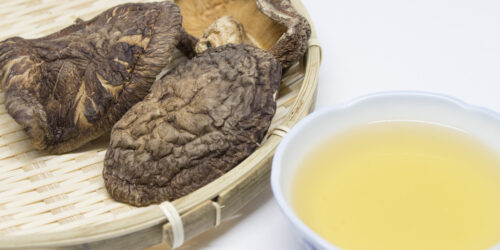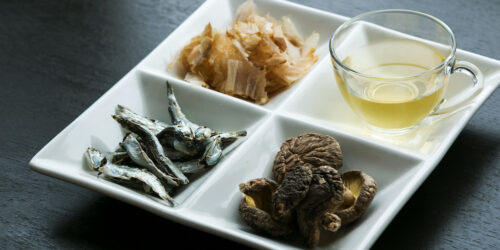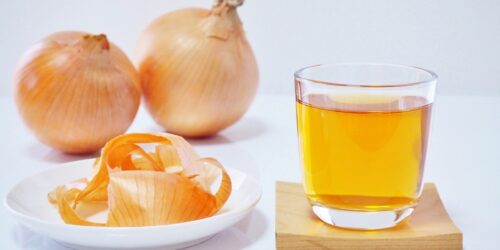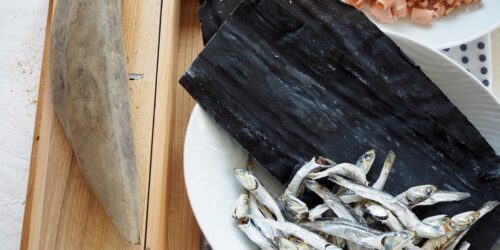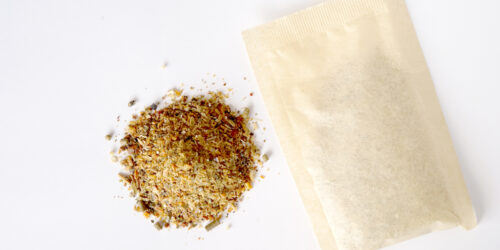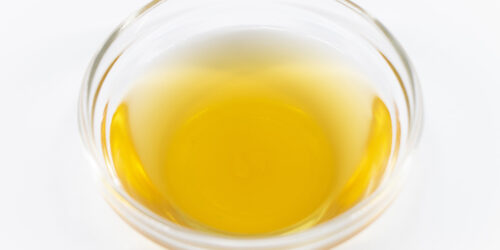HONDASHI vs DASHI: What Are the Differences?
Let’s talk about dashi, a fundamental broth in Japanese cooking. Think of it like the chicken or vegetable stock of Japan – it adds a savory, umami flavor base to many dishes. But there are two main types:
Traditional Dashi: This is made from scratch, usually by simmering ingredients like:
Kombu (dried kelp): Provides a subtle, mineral-rich umami.
Katsuobushi (dried bonito flakes): Adds a smoky, deeply savory, fishy flavor.
Shiitake mushrooms (dried): Contribute an earthy, meaty umami.
Niboshi (dried sardines/anchovies): Offer a more intense, fishy flavor.
Making traditional dashi is like making any stock – it takes time and some effort to extract the flavors. The specific combination of ingredients and simmering time affect the final taste.
Hondashi: This is an instant dashi powder. Think of it like bouillon cubes or instant stock powder. It’s made from dried bonito extract, flavor enhancers (like MSG), salt, and other seasonings.
The Key Differences (and how they relate to non-Japanese cooking):
Convenience:
Hondashi: Super fast and easy. Just dissolve it in hot water. It’s like using a bouillon cube.
Traditional Dashi: Requires simmering ingredients for a specific time. It’s like making stock from scratch.
Flavor:
Hondashi: Provides a consistent, strong, and generally “bonito-forward” (fishy) umami flavor. It’s a good shortcut, but the flavor is less complex and nuanced.
Traditional Dashi: Offers a more delicate, complex, and layered flavor, depending on the ingredients used. You can control the intensity and specific notes.
Ingredients & Control:
Hondashi: You don’t have much control over the ingredients. It’s a pre-made blend.
Traditional Dashi: You have complete control. You can adjust the ingredients to suit your taste or dietary needs (e.g., vegetarian dashi with just kombu and shiitake).
Use in non-Japanese Foods
Hondashi: It can boost the flavor and umami.
Traditional Dashi: It is also good, but it takes time.
Simple Analogy:
Think of making coffee:
Hondashi is like instant coffee granules. Quick, convenient, and gives you a coffee-like flavor.
Traditional dashi is like brewing coffee from freshly ground beans. It takes more effort, but the flavor is richer, more nuanced, and you have more control over the final result.
・Is dashi and hondashi the same?
・What is the difference between dashi and hondashi?
Here, I would like to answer those questions.
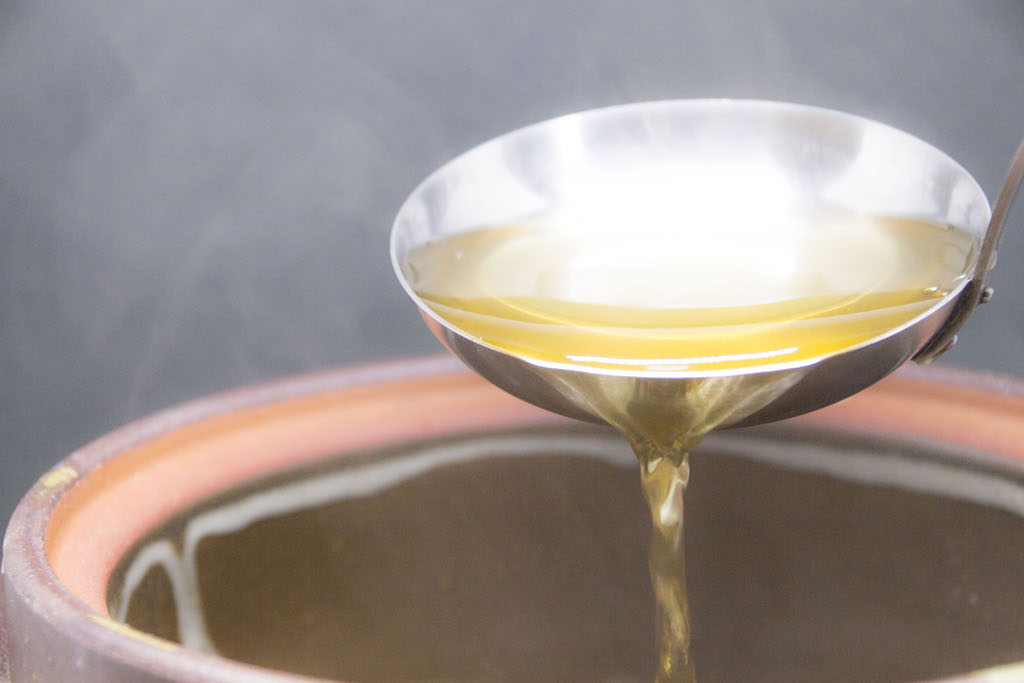
What Is Dashi?
Shape:
Liquid
Raw material:
Water and some raw materials containing umami ingredient, for instance, dried bonito shavings, kombu, iriko (small dried sardine), flying fish, and shiitake mushrooms.
Manufacturing method:
It depends on what material you use for making dashi.
Most of the time you need to soak some raw ingredients such as kombu and iriko in water. After that, turn on the heat until just before boiling and then take out the ingredients.
For some types of dashi, you don’t need to boil at all. For example, you can make shiitake mushrooms dashi by just soaking them in water and store it in the refrigerator.
In addition, you will put dried bonito shavings in boiling water and turn off the heat in order to make bonito dashi.
Characteristics:
Dashi made from scratch is hassle sometimes, however, you can directly feel the taste of the material. Moreover, you can feel extremely rich scent of the material. It cannot be reproduced with existing granules.
When using it for cooking, you will need to add some seasonings because it doesn’t contain any other seasonings such as salt and sugar.
Please check below to know all types of dashi in Japan.
8 Common Types of Dashi and Their Uses
By the way, the term “dashi” sometimes mean dashi made with dashi granules. If you put dashi granules in (hot) water, you can easily make dashi soup.
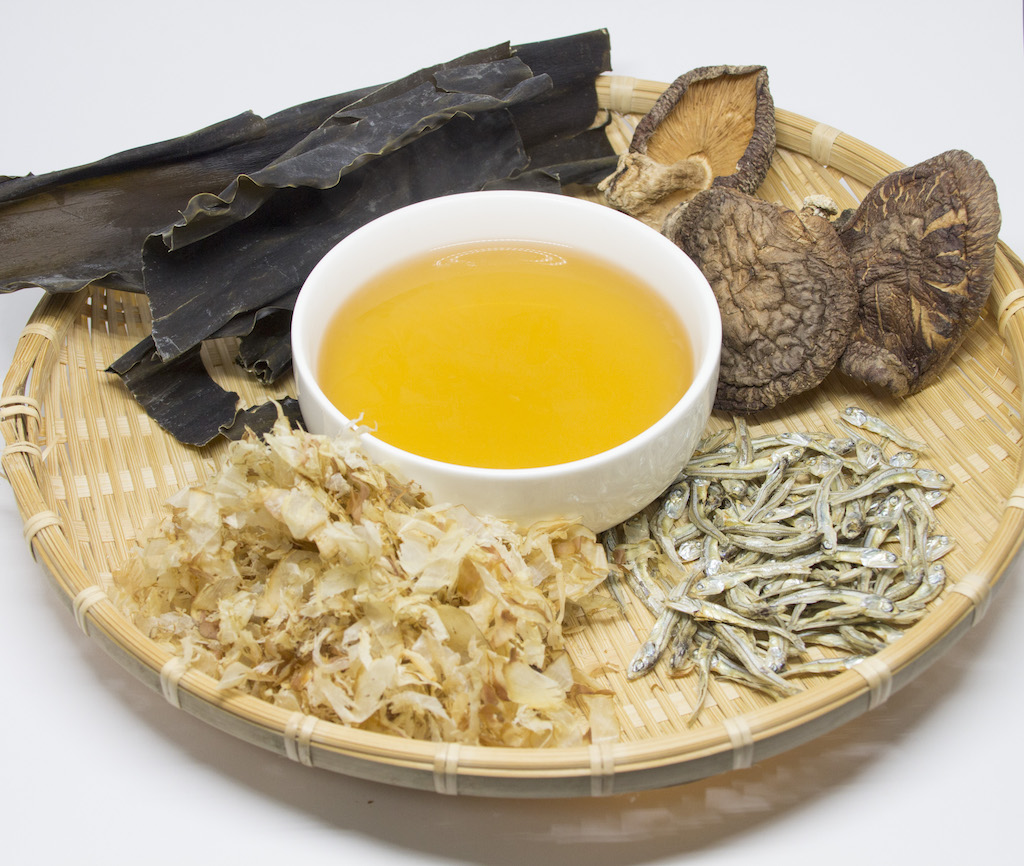
What Is Hondashi?
Shape:
Granules
Raw material:
Salt, sugar, bonito powder, bonito extract, yeast extract, and umami seasoning.
Manufacturing method:
Crush bonito to pieces, and mix them with other ingredients. After that, granulating and drying them.
Characteristics:
Hondashi is the product name that is manufactured and sold by Ajinomoto Co., Inc. This is one of the most used dashi granules in Japan. Just let you know, there are some other companies that are selling dashi granules.
Because hondashi already contains salt, sugar, and umami ingredients, you can taste deep umami taste only by itself. But, still you need to add some seasonings such as soy sauce and miso paste when cooking.
The biggest benefit is that you don’t have to make dashi from scratch taking a long time. Sprinkling the hondashi directly on the dish is absolutely easy cooking.
Please check below to know more about hondashi.
What Is Hondashi and How Is It Used?
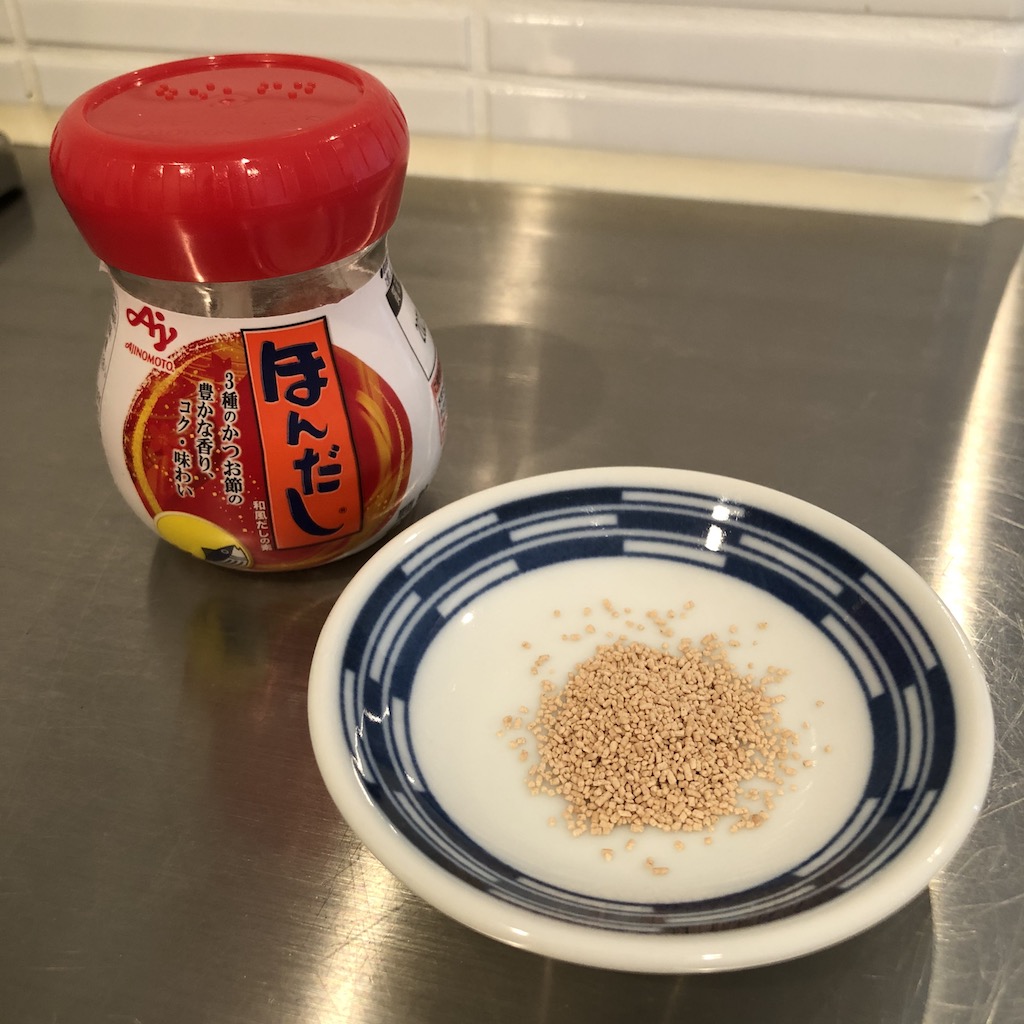
Conclusion
Dashi
- Dashi is soup stock made from water and various raw materials containing umami ingredient.
- Making dashi stock from scratch takes time, but it absolutely gives great umami and fragrance to dishes.
- “Dashi” sometimes refers to all types of dashi including dashi granules such as hondashi.
Hondashi
- Hondashi is the famous product name of dashi granules.
- It contains not only bonito powder, but also other seasonings such as salt and sugar.
- Granules are extremely useful when using for cooking.

